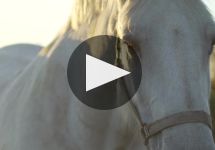Croix de Labrie 2010
-
Robert
Parker -
James
Suckling
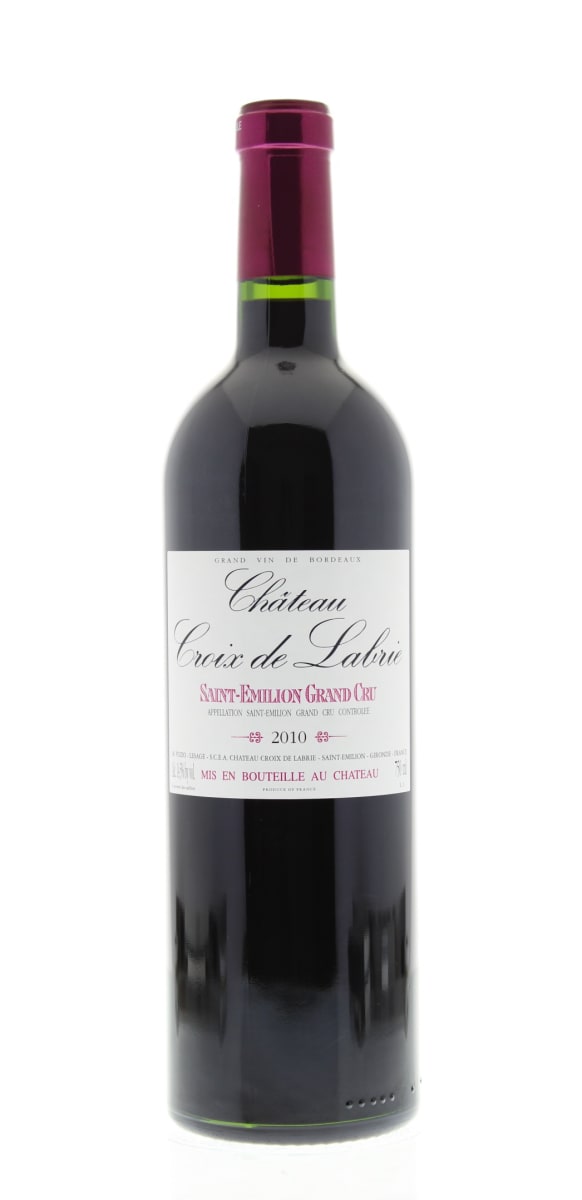



Product Details
Your Rating
Somm Note
Winemaker Notes
Professional Ratings
-
Robert Parker's Wine Advocate
Always one of the sexiest wines from Bordeaux, and probably best drunk in its first decade of life, this hedonistic fruit-bomb offers up oodles of jammy black cherry and black currant fruit interwoven with some floral notes, subtle oak, lead pencil shavings and a bit of toast. Voluptuous, full-bodied and silky smooth, with no aggressiveness, the tannins seem to melt on the palate, while the finish is long, supple and extravagant. Drink it over the next decade.
-
James Suckling
Wonderful complex nose with roasted hazelnuts, cocoa powder, coffee and strawberries. Great intensity and body on the palate with vibrant focused fruit. Layered texture and ripe and chewy tannins. Wonderful wine from a excellent terroir. Needs time to soften.
Other Vintages
2024-
James
Suckling - Vinous
-
James
Suckling -
Jeb
Dunnuck - Decanter
- Vinous
-
James
Suckling -
Jeb
Dunnuck - Decanter
-
James
Suckling -
Jeb
Dunnuck -
Robert
Parker - Decanter
-
James
Suckling -
Jeb
Dunnuck -
Robert
Parker - Decanter
-
James
Suckling -
Jeb
Dunnuck -
Robert
Parker - Decanter
-
James
Suckling
-
Robert
Parker
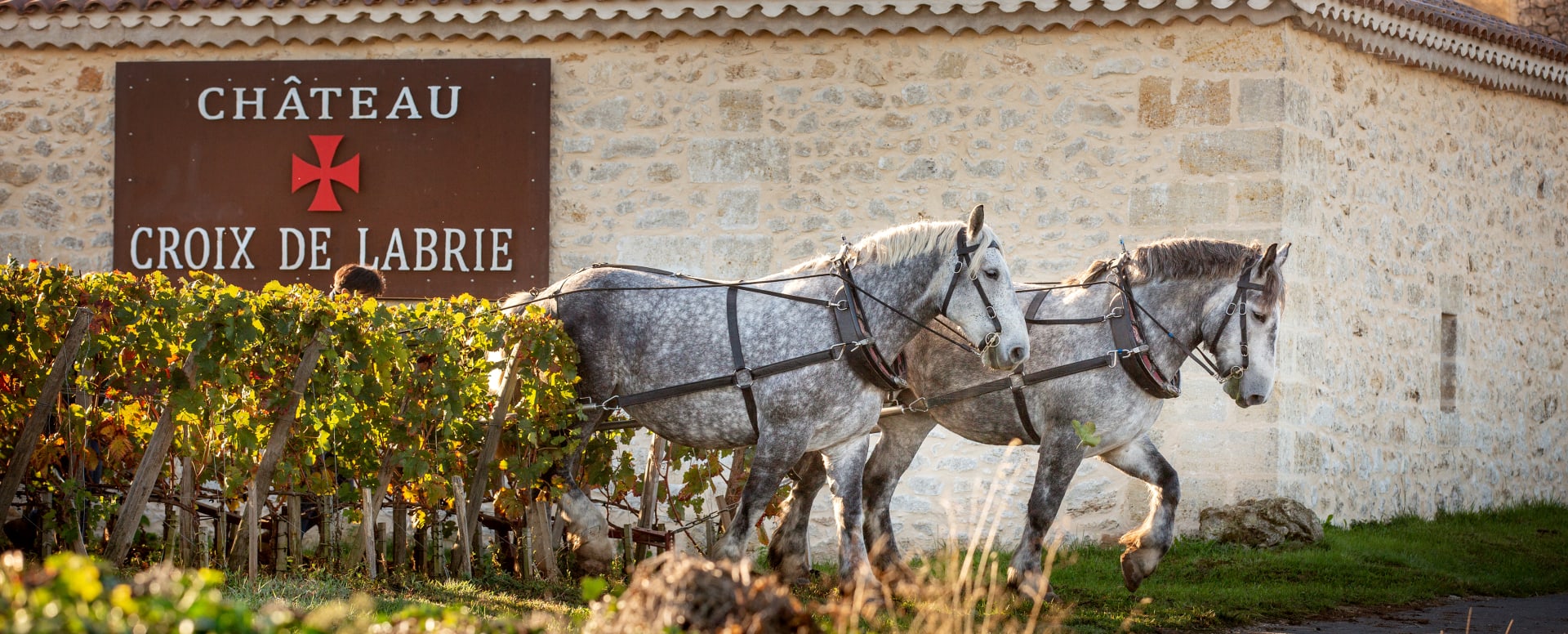
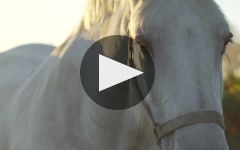
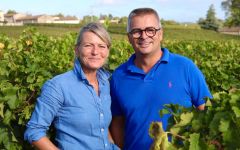
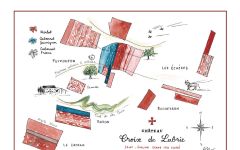
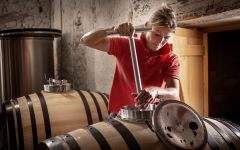
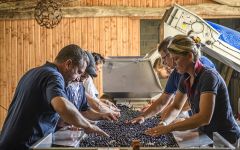
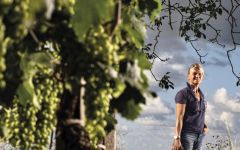

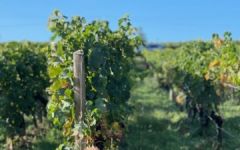
Château Croix de Labrie is owned by genuine artisans vignerons and husband-wife duo, Axelle and Pierre Courdurié. The micro-plots cover an area of 5.1672 hectares (12.75 acres). The vines are organically and biodynamically farmed, managed like in Burgundy by climate and terroir. The wine is then fermented plot-by-plot in vats and aged in small barrels and big casks. Axelle is the only person who prunes the vineyard and manages all production up until winemaking, living her whole year in step with her vines. She has a deep love of nature, respects its bounty and is extremely demanding of herself. Her husband Pierre helps with winemaking and distribution. Handcrafted, with very limited production, they operate on a human scale. Croix de Labrie is the original “Garagist” estate, and a hidden gem usually regarded as the small Le Pin.
“Wow!” James Suckling seemed at a loss for words when he tasted the “complex and exotic” Château Croix de Labrie, which he went on to award an impressive 98-points and regarded as among the Top 100 Wine of the World. Strolling the vineyard with Axelle and Pierre, three American MWs suffered from the opposite affliction—they couldn’t stop gushing. They geeked out over the tiny estate’s thrilling soils and 100-year-old vines, until the normally loquacious proprietors finally laughed, cut them off, and summed it up perfectly: “Yes, we have f*****g good terroir.” Axelle paused before adding, "plus we lucked out!" The bold, opaque purple Croix de Labrie is a beacon of its prime Saint-Émilion terroir.
With ideal exposure right on top of the plateau, just east of Troplong Mondot and Pavie, the area shifts from chalk-laced clay in one block to iron in another. The meticulously farmed terroir shines through with each swirl and every sip of Croix de Labrie. Their vineyard sits on astéries limestone soils cut with bands of iron, complete with giant fossils strewn through what was once an ancient seabed. The free-draining porousness provides real depth and density to the finished wine—terroir-driven structure echoes that of its $450+ Pavie next door neighbor. Mature vines range from 45-to-100-years of age, and high-density planting provides small berries, contributing to this wine’s impressive structure.
A Grand Cru Classé Bordeaux whose reputation is growing faster than perhaps any other on the Right Bank, James Suckling continued praise of Croix de Labrie ‘s “great result for a hand-crafted wine” in his 98-point review, while Jeb Dunnuck called Croix de Labrie “stunning stuff” and “another killer wine from this tiny, family-run estate that readers should snatch up.” Walking around the tiny five-hectare estate, it becomes immediately clear why Robert Parker himself has said that Croix de Labrie is “always one of the sexiest wines from Bordeaux,” producing “one of the most decadently hedonistic and luxuriously fruity wines. It also possesses undeniable complexity, texture, and class.”

One of the world’s most classic and popular styles of red wine, Bordeaux-inspired blends have spread from their homeland in France to nearly every corner of the New World. Typically based on either Cabernet Sauvignon or Merlot and supported by Cabernet Franc, Malbec and Petit Verdot, the best of these are densely hued, fragrant, full of fruit and boast a structure that begs for cellar time. Somm Secret—Blends from Bordeaux are generally earthier compared to those from the New World, which tend to be fruit-dominant.

Marked by its historic fortified village—perhaps the prettiest in all of Bordeaux, the St-Émilion appellation, along with its neighboring village of Pomerol, are leaders in quality on the Right Bank of Bordeaux. These Merlot-dominant red wines (complemented by various amounts of Cabernet Franc and/or Cabernet Sauvignon) remain some of the most admired and collected wines of the world.
St-Émilion has the longest history in wine production in Bordeaux—longer than the Left Bank—dating back to an 8th century monk named Saint Émilion who became a hermit in one of the many limestone caves scattered throughout the area.
Today St-Émilion is made up of hundreds of independent farmers dedicated to the same thing: growing Merlot and Cabernet Franc (and tiny amounts of Cabernet Sauvignon). While always roughly the same blend, the wines of St-Émilion vary considerably depending on the soil upon which they are grown—and the soils do vary considerably throughout the region.
The chateaux with the highest classification (Premier Grand Cru Classés) are on gravel-rich soils or steep, clay-limestone hillsides. There are only four given the highest rank, called Premier Grand Cru Classés A (Chateau Cheval Blanc, Ausone, Angélus, Pavie) and 14 are Premier Grand Cru Classés B. Much of the rest of the vineyards in the appellation are on flatter land where the soils are a mix of gravel, sand and alluvial matter.
Great wines from St-Émilion will be deep in color, and might have characteristics of blackberry liqueur, black raspberry, licorice, chocolate, grilled meat, earth or truffles. They will be bold, layered and lush.
